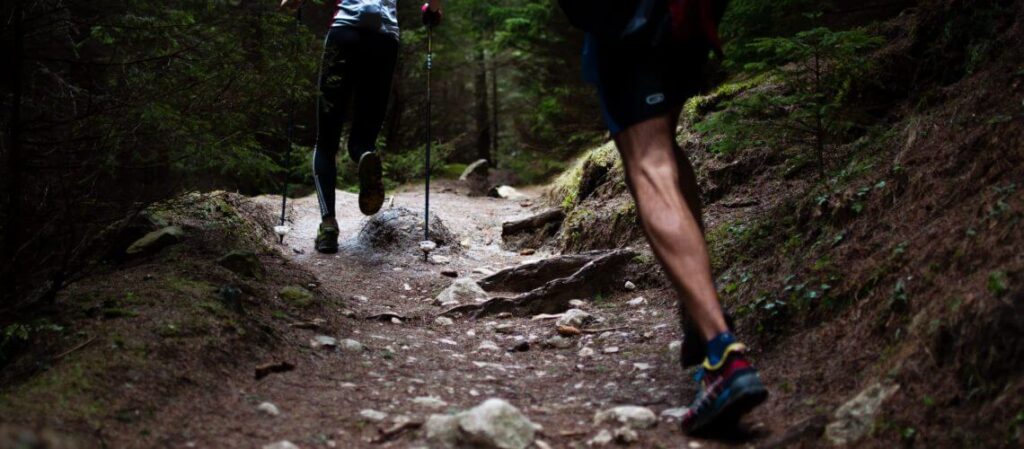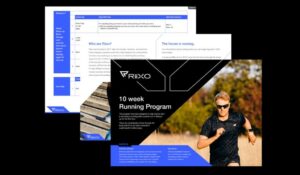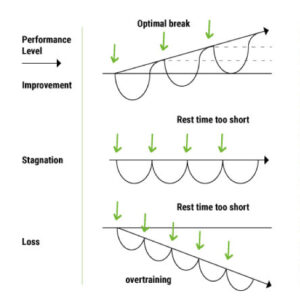
Shin splints are incredibly common amongst runners but thankfully Riixo is here to tell you about our 6 steps to prevent shin splints.
To understand how to prevent shin splints we need to understand what they are and the root cause.
Shin splints are a medical condition known as medial tibial stress syndrome (MTSS) and refer to pain down the front or the back of the shin bone.
Pain occurs when too much stress is put on the tibia bone or when the muscle next to it is overworked.
This can be started for the following reasons;
Shin splint can be treated when the correct measures are implemented into your training program and, with a proper strength program, prevented from returning again.
Here are Riixo’s’ 6 steps to prevent shin splints;
A key to preventing shin splints is by ensuring that you have no muscle imbalances, overactive or under-active muscles. The correct strengthen program will complement and progress your running as well as prevent pain from shin splints.
Weak muscles, such as the tibialis anterior muscle that runs down the front of the lower leg means that the will fatigue quickly. It will quickly start to ache due to the muscle being overused.

Shin splints can be caused by a sudden increase in training intensity and duration such as upping your mileage too soon when running, introducing hill runs or sprints.
You are always starting small and increasing the volume gradually instead of pushing too hard too soon and suffering in pain.
If you are new to running start with a walk / run program, this can be the same for a seasoned runner also. Pick a distance or a time that will remain constant and only change one thing at a time.
Example. 30-minute run. Start by running for 30 seconds walking for a minute. As your running improves increase your running time until you find yourself running comfortably for the full 30 minutes.
After you finish running your body needs to repair itself and replenish the depleted energy stores. If you do not provide yourself with adequate recovery time your progress will start to decline.

After a run finish with a 15-minute active recovery. This involves you gradually reducing the speed of your run until you are back down to a walk.
This will prevent the pooling of lactic acid in the muscles, reducing muscle soreness and preventing cramp.
Ice is excellent for preventing shin splints. It reduces pain and inflammation as well as cooling the muscles. This means that the body does not require to use energy to regulate these and instead can focus on the repair and recovery of the muscles.
Use ice immediately after running for best results. 20 minutes whilst keeping active and walking around.
You can also use ice if you're experiencing pain from shin splints.
Heat helps to prevent shin splints by warming the muscles, increasing blood flow to the area and with it bringing increased oxygen and nutrients.
If you are applying heat after a run use it after you have applied ice to an area and leave in place for 20 – 30 minutes.
You can also apply heat 20 minutes prior to running to help ready the muscles for training.
Overpronation of the foot and ankle, as well as abnormal loading through biomechanical irregularities, can cause shin splints. This can be from overuse of certain muscle groups or from the increased load through the shin bone.
The second one is a particular concern because, if left untreated, you are at risk of developing shin splints.
You should look at changing your footwear every 300-500 miles. For someone doing 20+ miles a week that is every 3-6 months.
Additionally, it is worth having your foot mechanics and gait analysed by a physio or a podiatrist in order to identify the best footwear for you. In some cases such as overpronation (flat feet) or leg length discrepancies, you may require an insole to put inside your running shoes.

Cameron is a former professional rugby player who broke his back in 2007. He is a qualified physiotherapist with two degrees in Sports Science and Physiotherapy. Before Riixo he worked for the UK national health service (NHS), in professional sport and the British army. Read about his story.
 British Triathlon: Recovery Questions Answered
British Triathlon: Recovery Questions Answered
 Cracking The Injury Risk Equation
Cracking The Injury Risk Equation
 LJMU Study Findings
LJMU Study Findings
 What are shin splints?
What are shin splints?
 How to treat shin splints [2021]
How to treat shin splints [2021]
No Thanks – I’ll pay full price
Close Window
Close Window